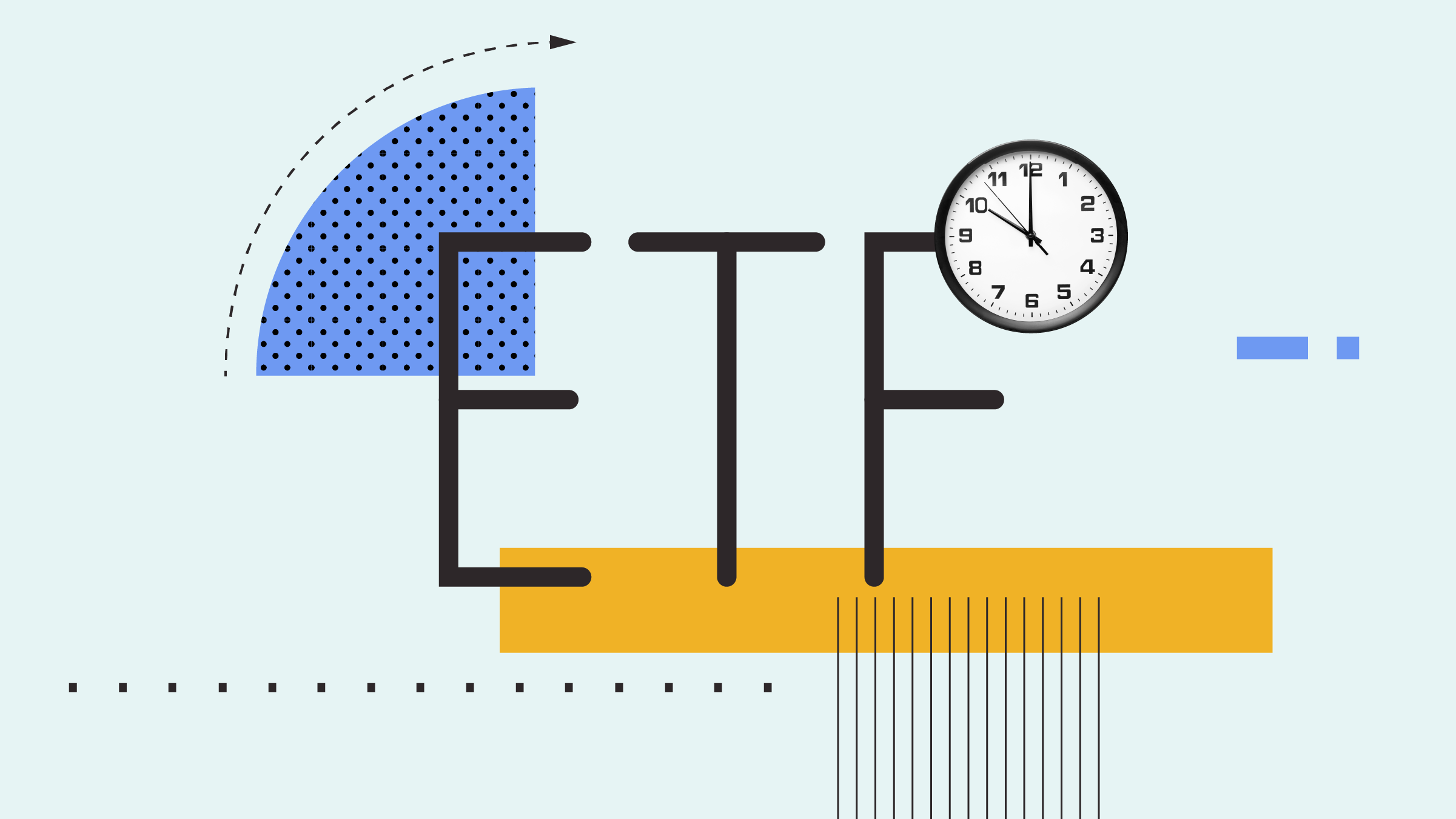Note: This article is part of Morningstar's September 2015 The road to retirement special report.
When you make the transition from working to being retired, your primary investment objective changes dramatically. Prior to retirement, your goal is to accumulate enough wealth to fund your retirement. Once you are retired, that goal is to use the money you have accumulated to fund your needs for the rest of your life.
What makes funding retirement particularly challenging is that you don't know how much longer you are going to live. A retirement income plan that lasts until your life expectancy is inadequate because you easily could life past it. These days people in North America are living longer than they did in the past, with a growing number of people making it past 100, as did my paternal grandmother who lived to 106. So when you retire, you no longer just face market risk (the risk of your portfolio loosing value due to falls in security prices), but also longevity risk, which is the risk of outliving your money.
Fortunately, there is an instrument available that mitigates longevity risk. A fixed payout annuity makes a fixed payment (typically monthly) for the rest of your life, no matter how much longer you live. Even in today's low interest rate environment, which makes annuities more expensive than they have been in the past, it may make sense to use some part of your retirement savings to buy a fixed payout annuity. In conjunction with a conventional investment portfolio, this could make the difference in providing the income that you need in the face a future lifetime of uncertain length.
To help understand how an annuity works, imagine a group of five elderly friends who enter into an agreement in which they each contribute $100 to a pool which will be distributed equally among the survivors as soon as one of them dies. When that happens, each of the 4 survivors receives $125 which is a 25% return for each of them. Notice that they receive this return even though the pool was not even invested. This return, which is solely the result of the person who dies forfeiting their contribution to the pool, is an example of a mortality credit or mortality yield.
A fixed payout annuity is based on the same principle as in this simple example. An insurance company sells an annuity to a large number of people of the same age and gender. Because the group is large and its members have similar mortality rates, the insurance company can predict with near certainty how many people in the group will die each year. From the mortality rates and interest rates, the insurance company sets the price the annuity, which also includes profit for the company. As an annuity owner what you receive each month is a combination of return of premium, interest and the mortality credit.
There are two ways to buy an annuity: deferred and immediate. In a deferred annuity, you make regular premium payments over a period of time leading up to the first payout. In an immediate annuity, you make a single lump sum premium payment just before the first payout.
You may already have one or more annuities. First, Old Age Security from the government of Canada is in effect an annuity as it pays from the day that you start it until the day that you die. In addition, if you worked for an employer who provided a defined-benefit retirement plan, you have an additional source of lifetime guaranteed income.
But if these sources are inadequate for your need for lifetime guaranteed income, you should consider fixed-payout annuities that you can purchase from insurance companies. These products provide a means for converting at least part of your investment portfolio into a source of income for the rest of your life.
Here are a few pointers when purchasing annuities:
- Shop around. Different insurance companies might offer what is essentially the same product for different prices. However, the one with the lowest price might not be the best deal. Remember that an annuity may need to make payments for decades, so the issuer needs to be around for a very long time. For this reason, you also need to consider the long-term solvency of the insurance company. The company's credit rating gives you some indication of this.
- Avoid bells and whistles. Insurance companies can add various riders to an annuity that will increase the price but add features that you may not need. A common example is a guaranteed payout period of, say, 10 years. With this feature, the annuity will pay for at least 10 years whether or not you live throughout that period. (If you die, the payments go to the beneficiary that you name.) But if you want a series of payments for 10 years, you would be better off buying a 10-year investment-grade bond.
- See if you can get one indexed to inflation. Although inflation is low today, that may not be the case in a decade or two. So in order for the annuity payments to maintain their value, they need to increase at the rate of inflation. But not all inflation-linked annuities are created equal. Many have a cap on the inflation adjustment.
- If you are retiring with a spouse or partner, consider getting a joint-and-survivor annuity. Chances are that you and your partner will not die on the same day, so it would make sense to have an annuity that continues to make payments to the survivor after one of you dies. The amount of the payment to the survivor is likely to be different than when both of you are alive.
- You may be able to wait. In today's low interest rate environment, annuity prices are high so you may want to wait to see if interest rates rise and annuity prices fall. If you can wait a few years, you will also benefit from the higher mortality credits that come from being in an older cohort, which also lowers annuity prices. But you need to be careful not to wait too long so that you will have enough money to purchase the annuity when you need it.



















